What the Hell Is Redox?

Redox refers to chemical reactions that involve a simultaneous process of reduction and oxidation. These reactions feature the transfer of electrons between substances, where one loses electrons (oxidized) and the other gains electrons (reduced).
1. Defining Redox
The term redox combines two linked reactions: reduction and oxidation. These occur together, never in isolation. One species loses electrons; another gains them, balancing the electron exchange.
2. Understanding Reduction and Oxidation
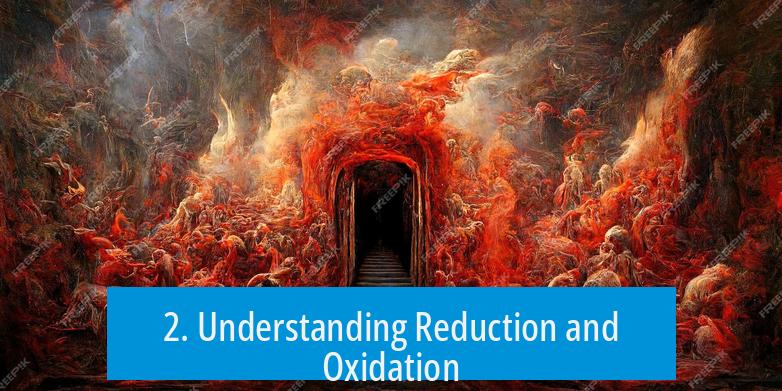
Reduction means a species gains electrons. Oxidation means a species loses electrons. A useful memory aid is LeO the lion says GeR: Lose Electrons = Oxidized, Gain Electrons = Reduced.
3. How Electron Transfer Defines Redox
Redox reactions involve the movement of electrons from one atom to another. This transfer changes the charge and properties of the atoms involved, driving chemical transformations.
4. Example: Sodium and Chlorine
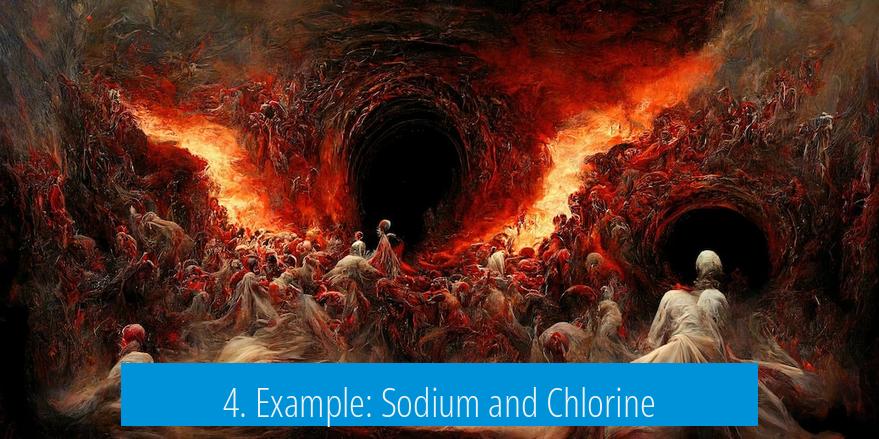
When sodium metal reacts with chlorine gas, the following occurs:
2 Na (s) + Cl2 (g) → 2 NaCl (s)
In sodium chloride, sodium exists as Na+ and chlorine as Cl-. Sodium starts with an oxidation number of 0 and ends at +1, meaning it has lost an electron and been oxidized. Chlorine starts at 0 and reduces to -1, gaining that electron.
| Element | Initial Oxidation Number | Final Oxidation Number | Process |
|---|---|---|---|
| Sodium (Na) | 0 | +1 | Oxidation (loss of electron) |
| Chlorine (Cl) | 0 | -1 | Reduction (gain of electron) |
5. Origins of the Terms Oxidation and Reduction
Oxidation originally referred to reactions with oxygen. Oxygen, with oxidation state 0, commonly gets reduced to -2 in compounds such as CO2 and H2O formed during combustion. Hence, oxygen oxidizes the other reactant by accepting electrons.
6. Understanding Oxidation Numbers

Oxidation numbers help track electron transfer without directly measuring electrons. Their assignment follows rules:
- Elements in their pure form have an oxidation number of 0.
- Fluorine is always -1.
- Oxygen is usually -2, except in peroxides or when bonded to fluorine.
- Hydrogen is usually +1 when bonded to nonmetals, -1 when bonded to metals.
The total of oxidation numbers in a molecule or ion equals the total charge, balancing the system.
7. Redox in Organic Chemistry
Assigning oxidation states in organic molecules can be difficult. As a rule, forming multiple bonds to oxygen or increasing double/triple bonds indicates oxidation. For example, oxidizing an alcohol to an aldehyde creates a double bond, increasing oxidation state.
8. Reducing and Oxidizing Agents
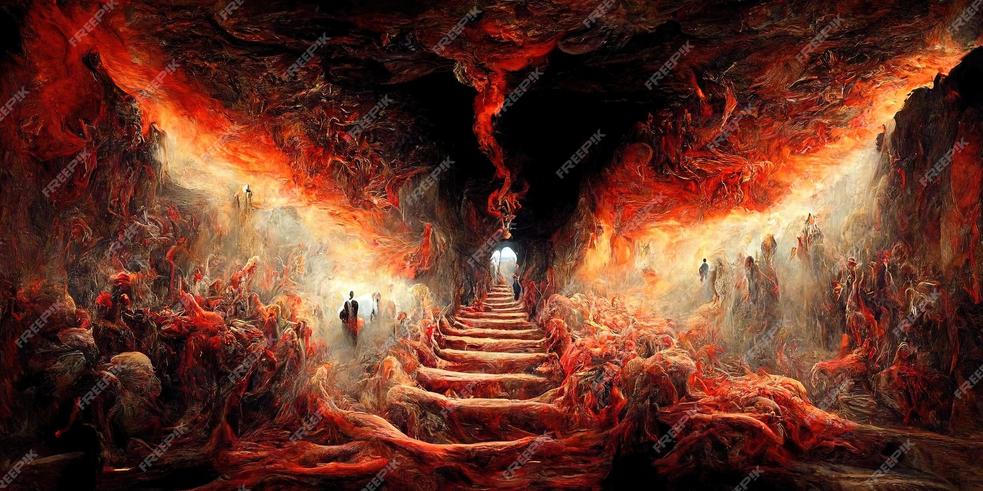
A reducing agent donates electrons and becomes oxidized. An oxidizing agent accepts electrons and becomes reduced. In Lewis acid-base terms, oxidizing agents correspond to Lewis acids and reducing agents to Lewis bases.
9. Memorizing Redox Concepts
The mnemonic LeO the lion says GeR helps to recall the core processes:
- Lose Electrons = Oxidation
- Gain Electrons = Reduction
Reduction refers to making the charge more negative by gaining electrons; oxidation means losing electrons and becoming more positive.
10. Visualizing Redox
Diagrams and formal notation of oxidation numbers clarify redox reactions. A useful image resource is available here for detailed visualization.
Key Takeaways
- Redox reactions involve simultaneous oxidation and reduction.
- Oxidation means electron loss; reduction means electron gain.
- Oxidation numbers formalize electron transfer tracking.
- Common examples include salt formation, combustion, and organic transformations.
- Reducing agents lose electrons; oxidizing agents gain electrons.
- Mnemonics and clear rules simplify understanding of complex systems.
What the hell is redox? Let’s finally clear that up.
Redox is simply shorthand for reduction-oxidation, a pair of chemical reactions that ALWAYS happen simultaneously. When one substance loses electrons, it’s oxidized. At the same moment, another substance gains those electrons, and it’s reduced. They’re the ultimate duo—like a see-saw of electrons going back and forth.
Sounds straightforward, right? But let’s unpack this a bit. What does it actually mean to be oxidized or reduced?
Reduction and Oxidation: The Electron Swap Game
In chemistry, electrons are the tiny players that make or break everything. A species is reduced when it gains electrons. Think of it as getting some extra electronic “currency” in your pocket. On the flip side, a species is oxidized when it loses electrons. So it’s like giving away money—it’s poorer electronically.
To remember this, chemists love a mnemonic: LeO the lion says GeR —
- Lose Electrons = Oxidized
- Gain Electrons = Reduced
If you get this down, you’re already halfway to understanding redox reactions.
Electrons on the Move: The Core of Redox
At its heart, redox chemistry is about electron transfer. One atom donates electrons while another accepts them. Imagine an energetic game where electrons jump from one player to another, changing each player’s charge and sometimes their properties.
An Everyday Example That Is Also Chemistry 101: Sodium Meets Chlorine
Take sodium metal (Na) and chlorine gas (Cl2). When they react, they produce good old table salt, NaCl. But behind this simple product lies a redox story.
Here’s the balanced reaction:
2 Na (s) + Cl2 (g) → 2 NaCl (s)
Sodium starts off neutral with an oxidation number of 0. It loses one electron for each sodium atom and becomes Na+, with an oxidation state of +1. Meanwhile, chlorine starts as a neutral Cl2 molecule (oxidation number 0) but picks up those electrons to become Cl-, lowered to an oxidation state of -1.
So, sodium is oxidized (loses electrons) and chlorine is reduced (gains electrons). The electron equivalent of a handshake—one gives, the other takes.
Why the Funny Names: Where Do Oxidation and Reduction Come From?
Oxidation gets its name from oxygen, because early chemists noticed that oxygen often causes other substances to lose electrons. For example, in combustion—think burning stuff—oxygen atoms end up with an oxidation state of -2 in carbon dioxide (CO2) and water (H2O). Oxygen itself is reduced as it accepts electrons from the burning material, which is oxidized. It’s a fiery dance of electron swaps.
Tracking Electrons: The Mysterious Oxidation Numbers
So how do chemists keep tabs on electron transfers? With oxidation numbers. These are formal numbers assigned to atoms in molecules or ions, summarizing their electron “ownership.”
Some rules to remember:
- Atoms in elemental form have an oxidation number of 0 (like Na metal or Cl2 gas).
- Fluorine always has an oxidation number of -1 because it’s super greedy for electrons.
- Oxygen is usually -2, except in peroxides (where it’s -1) or bonded to fluorine.
- Hydrogen is +1 when bonded to non-metals and -1 when bonded to metals.
- The sum of oxidation numbers in a neutral molecule is zero; in ions, it equals the overall charge.
- More electronegative atoms “hog” electrons and get assigned lower oxidation states.
Oxidation numbers don’t always represent real charges on atoms but serve as a useful bookkeeping tool for reactions.
Redox in Organic Chemistry: It Gets Trickier
In big complicated organic molecules, it’s harder to assign exact oxidation numbers. But the general rule applies: increasing the number of double or triple bonds usually means oxidation. Adding bonds to oxygen is usually oxidation too.
Example? Oxidizing an alcohol to an aldehyde means creating a double bond involving carbon, raising its oxidation state. Then oxidizing that aldehyde to an acid adds a C–O bond, increasing oxidation further.
It’s a bit like upgrading your chemistry “status” by adding bonds to oxygen or increasing unsaturation.
The Role of Reducing and Oxidizing Agents
Every redox reaction has two key players:
- Reducing agent: donates electrons, so it itself is oxidized.
- Oxidizing agent: accepts electrons, so it is reduced.
In Lewis acid-base chemistry, Lewis acids are oxidizing agents (electron acceptors) and Lewis bases are reducing agents (electron donors).
Need to Visualize This?
This helpful diagram of redox reactions shows electrons moving between species, oxidation numbers changing, and how electron donors and acceptors interact. Visuals can make all the difference.
To Sum It All Up:
Redox reactions are just electron trading agreements between atoms. One loses electrons (oxidized), another gains electrons (reduced). This dance governs processes from creating table salt to the energy your body uses to run.
Without redox, no fire, no batteries, no life as we know it. They’re everywhere, so understanding redox is like learning the secret handshake of chemistry. And remember:
LeO says GeR: Lose Electrons = Oxidized; Gain Electrons = Reduced.
Next time you shake salt from a shaker or watch a candle burn, think about the electrons shifting behind the scenes. You’re witnessing redox reactions in action—and now, you get what the hell they are.
Practical tips to spot redox reactions:
- Check if electrons transfer: Does any atom gain or lose electrons?
- Look at oxidation numbers: Do they change for any element?
- Remember, if one atom’s oxidation state goes up, it’s oxidized; if another’s goes down, it’s reduced.
Redox chemistry might sound intimidating, but it’s just the story of electrons moving around. Once you crack this, chemistry feels less like magic and more like a well-choreographed dance.
What exactly happens in a redox reaction?
In a redox reaction, electrons move from one atom or molecule to another. One species loses electrons (oxidation), while another gains them (reduction). These two processes always happen together.
How do oxidation numbers help explain redox?
Oxidation numbers track electron changes by assigning values to atoms in compounds. When a species’ oxidation number increases, it is oxidized; when it decreases, it is reduced. These numbers simplify electron transfer analysis.
Why is sodium metal oxidized and chlorine reduced when forming table salt?
Sodium loses one electron, increasing its oxidation number from 0 to +1. Chlorine gains that electron, lowering its oxidation number from 0 to -1. Thus, sodium is oxidized and chlorine is reduced, creating NaCl.
What roles do reducing and oxidizing agents play?
A reducing agent donates electrons and becomes oxidized. An oxidizing agent accepts electrons and is reduced. These agents drive redox reactions by transferring electrons between species.
How can I remember which is oxidation and which is reduction?
Use the mnemonic “LeO the lion says GeR”: Lose Electrons = Oxidized, Gain Electrons = Reduced. It helps link electron movement to the terms easily.


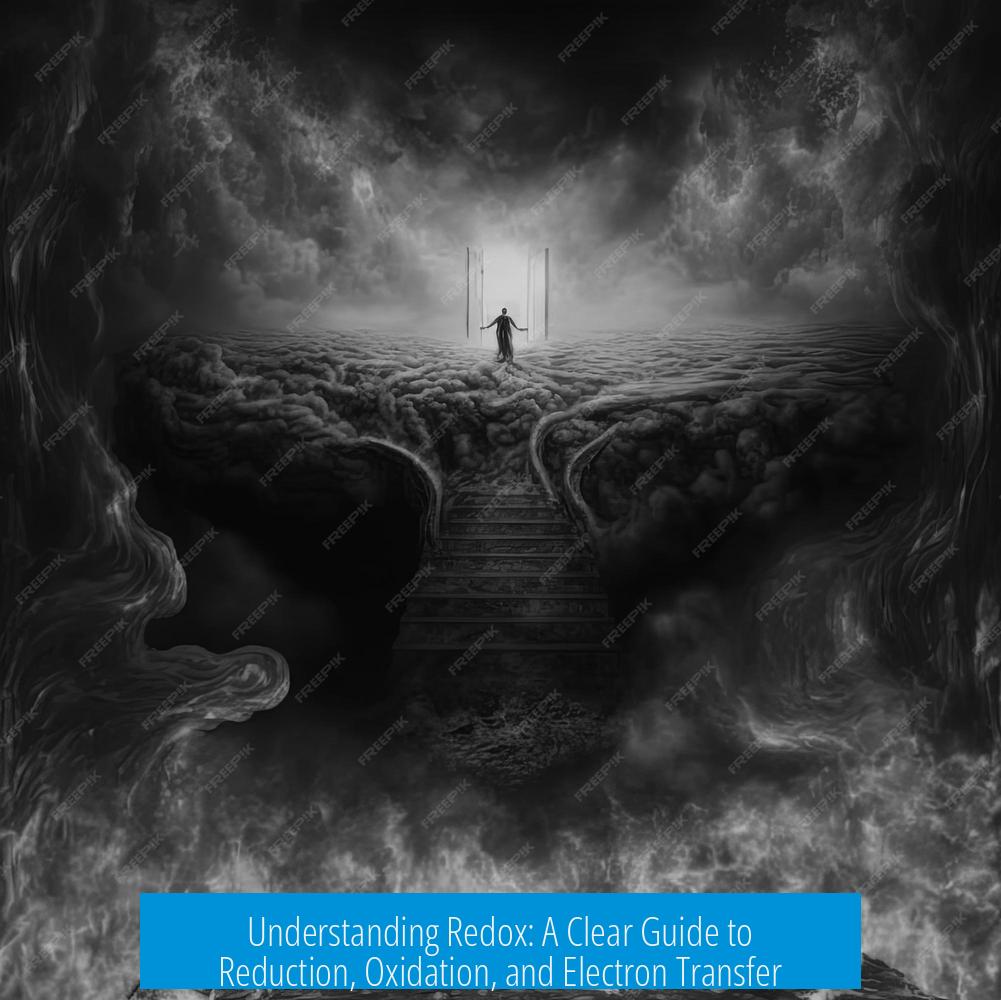
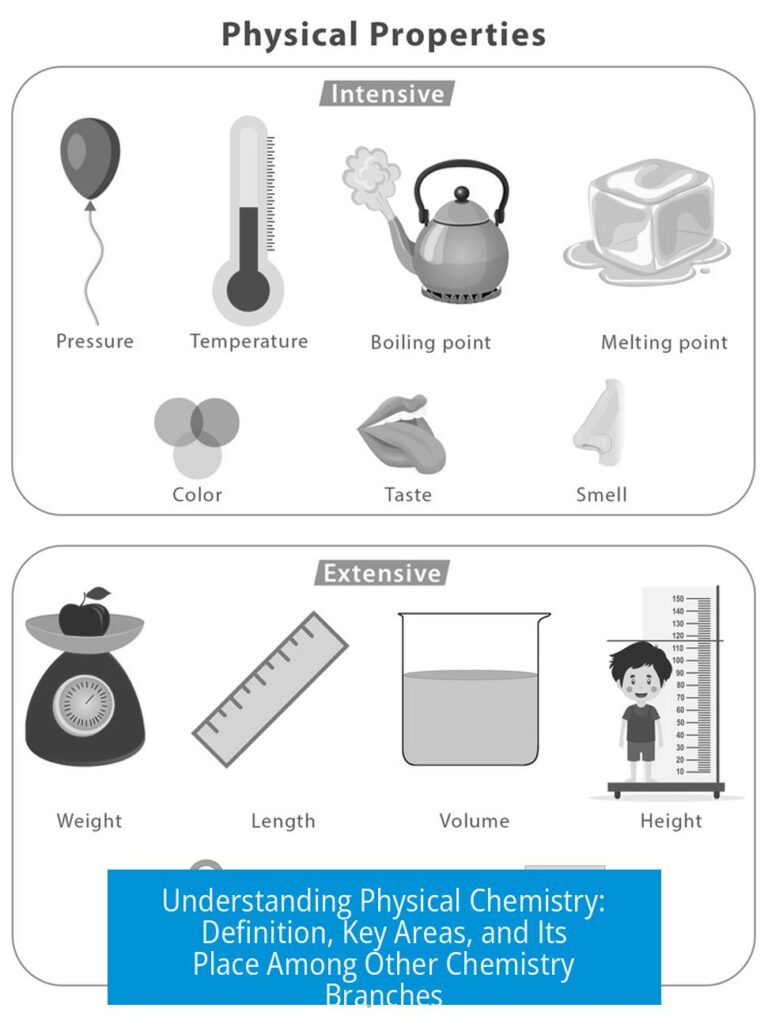
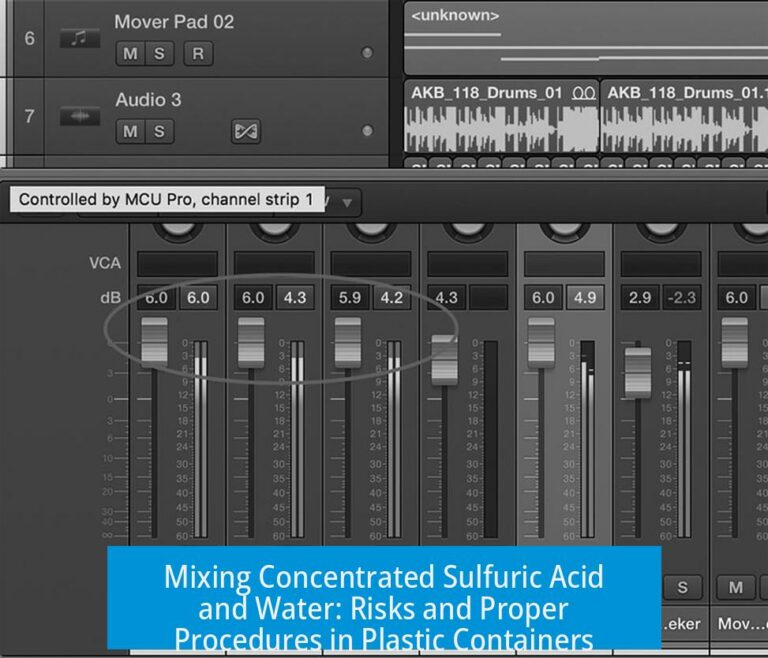
Leave a Comment